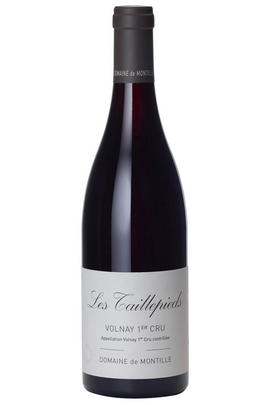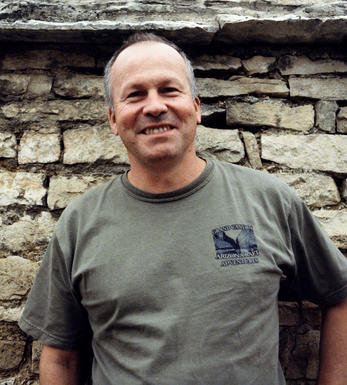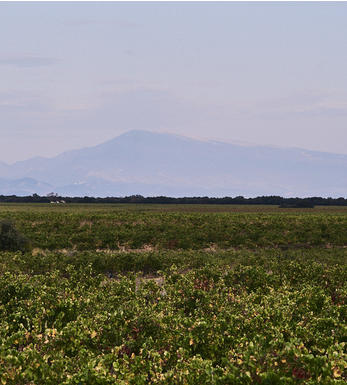
2022 Volnay, Les Taillepieds, 1er Cru, Domaine de Montille, Burgundy

Critics reviews
Made from 80 year old vines, vinified with all the stems. A richer purple. The bouquet is stunning, offering intensity with elegance. The core of ripe fruit plus the additional perfume from whole bunches. A very fine graceful texture with tensile strength.
Drink 2032 - 2038
Jasper Morris MW, Inside Burgundy (December 2023)
The 2022 Volnay Les Taillepieds 1er Cru has the ripest bouquet of the Volnay cuvées - red cherries and wild strawberries, the 100% whole bunches, very well enmeshed. The palate is medium-bodied with finely chiselled tannins. A nimble Volnay that is light on its feet with a precise finish. Very fine.
Head winemaker Brian Sieve describes: “We had an uneventful 2022,” he explains in their barrel cellar in Meursault. “We didn’t have any employee or tractor problems. The “noise” you have during a vintage didn’t happen. The biggest problem was finding good wood to prune after the frosts in 2021, which was early in the season. We had quite a bit of rain in June to sustain us through the dry periods, especially on the limestone soils. The Côte de Nuits, particularly Clos de Vougeot, seem to get more rain than the Côte de Beaune, 40mm there compared to 10mm down here. I believe the anti-hail canons in the Côte de Beaune ‘push’ the storms northwards. Marsannay and Gevrey get heaps of rain. You get more stress on more calcareous soils that are porous but free-draining.
We had no heatwave or ‘canicule’ when the vines shut down. It was a warm season, but the stats are skewed because of the hot temperatures in February and March. It wasn’t like 2018 when maturity was advanced and progressing very fast. In 2022, the maturity came slower. We started with the kosher wines on August 26 and finished around September 8. We cropped at around 45hL/ha for the reds. The whole cluster percentages were based on whether it fitted into the vats. The wines underwent one extraction per day, pigeage rather than pumping over, which is just done at the beginning, whereas in his day, Hubert de Montille was doing three or four. Extraction happens by itself more than it used to. We found that we had very high-quality lees in 2022.”
Drink 2026 - 2045
Neal Martin, Vinous.com (January 2024)
About this WINE

Domaine de Montille
The De Montille family has long been a venerable one in Burgundy, though Domaine de Montille’s reputation was properly established in 1947: prominent Dijon lawyer Hubert de Montille inherited 2.5 hectares in Volnay, later adding further parcels in Volnay, Pommard and Puligny. Hubert’s style was famously austere: low alcohol, high tannin and sublime in maturity.
His son, Etienne, joined him from ’83 to ’89 before becoming the senior winemaker, taking sole charge from ’95. Etienne also managed Château de Puligny-Montrachet from ’01; he bought it, with investors, in ’12.
The two estates were separate until ’17, when the government decreed that any wine estate bearing an appellation name could no longer offer wine from outside that appellation.
The solution was to absorb the château estate into De Montille – the amalgamated portfolio is now one of the finest in the Côte d’Or.
Etienne converted the estate to organics in ‘95, and to biodynamics in 2005, making the house style more generous and open, focusing on the use of whole bunches for the reds.

Volnay
The finest and most elegant red wines of the Côte de Beaune are grown in Volnay, a village which might be twinned with Chambolle- Musigny in the Côte de Nuits, for the high active chalk content in the soil and comparatively low clay content.
Whereas in earlier times Volnay was made in a particularly light, early drinking style, these days there are many producers making wines which age extremely well. The best vineyards run either side of the RN73 trunk road.- 98 hectares of village Volnay
- 115 hectares of Premier Cru vineyards (35 in all). The finest include Les Taillepieds, Clos des Chênes, Champans, Caillerets (including Clos des 60 Ouvrées) and Santenots in Meursault.
- Recommended producers: Lafarge, Lafon, de Montille

Pinot Noir
Pinot Noir is probably the most frustrating, and at times infuriating, wine grape in the world. However when it is successful, it can produce some of the most sublime wines known to man. This thin-skinned grape which grows in small, tight bunches performs well on well-drained, deepish limestone based subsoils as are found on Burgundy's Côte d'Or.
Pinot Noir is more susceptible than other varieties to over cropping - concentration and varietal character disappear rapidly if yields are excessive and yields as little as 25hl/ha are the norm for some climats of the Côte d`Or.
Because of the thinness of the skins, Pinot Noir wines are lighter in colour, body and tannins. However the best wines have grip, complexity and an intensity of fruit seldom found in wine from other grapes. Young Pinot Noir can smell almost sweet, redolent with freshly crushed raspberries, cherries and redcurrants. When mature, the best wines develop a sensuous, silky mouth feel with the fruit flavours deepening and gamey "sous-bois" nuances emerging.
The best examples are still found in Burgundy, although Pinot Noir`s key role in Champagne should not be forgotten. It is grown throughout the world with notable success in the Carneros and Russian River Valley districts of California, and the Martinborough and Central Otago regions of New Zealand.


Buying options
Add to wishlist
Description
This is one of De Montille’s iconic cuvées. The vines are now over 80 years old. This year, 100% of the fruit was vinified as whole bunches. This is a simply magical wine with a charming, floral and spicy nose. The tannins are incredibly high quality, layered neatly on top of the red fruit.
Drink 2030 - 2050
Berry Bros. & Rudd
wine at a glance
Delivery and quality guarantee